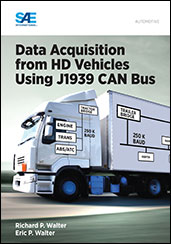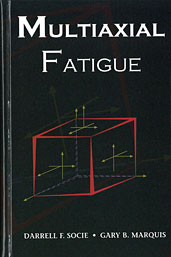Book

ADAS and Automated Driving: A Practical Approach to Verification and Validation
2022-06-09
The day will soon come when you will be able to verbally communicate with a vehicle and instruct it to drive to a location. The car will navigate through street traffic and take you to your destination without additional instruction or effort on your part. Today, this scenario is still in the future, but the automotive industry is racing toward the finish line to have automated driving vehicles deployed on our roads. ADAS and Automated Driving: A Practical Approach to Verification and Validation focuses on how automated driving systems (ADS) can be developed from concept to a product on the market for widescale public use. It covers practically viable approaches, methods, and techniques with examples from multiple production programs across different organizations. The author provides an overview of the various Advanced Driver Assistance Systems (ADAS) and ADS currently being developed and installed in vehicles.






